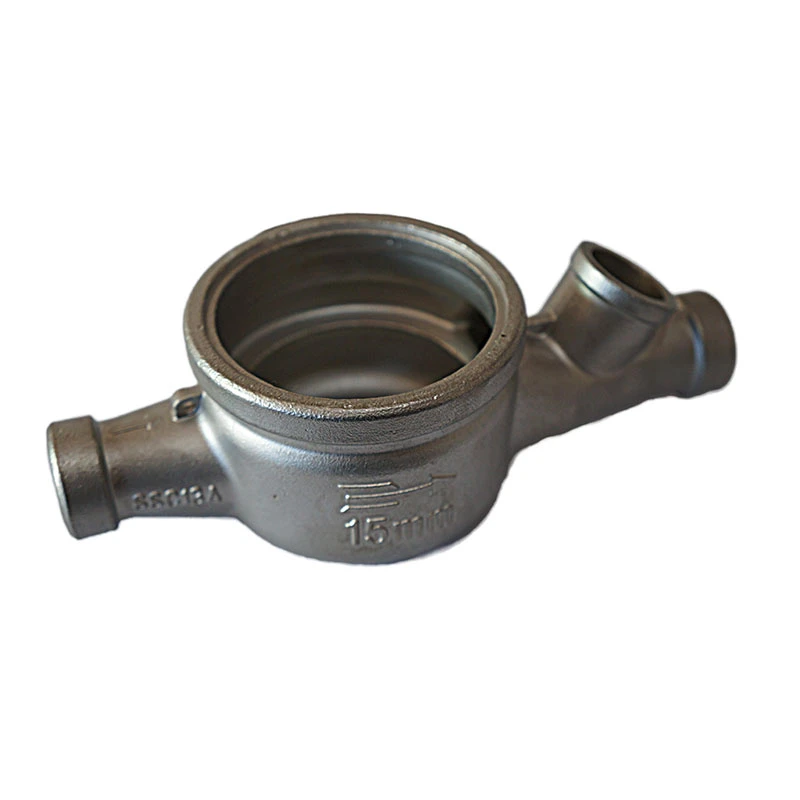sand used for casting
Sand Used for Casting A Comprehensive Overview
Casting is a fundamental manufacturing process that allows for the creation of complex shapes and components, often used in various industries, including automotive, aerospace, and art. At the heart of the casting process lies a critical material—sand. This article explores the types of sand used for casting, the benefits they provide, and the best practices for achieving optimal results.
Types of Sand Used in Casting
The most commonly used sand in casting is silica sand, primarily due to its high melting point and availability. Silica sand consists of quartz grains, which provide excellent thermal stability and strength. It can withstand the high temperatures encountered during the casting process, making it an ideal choice for molds and cores.
Another type of sand used in casting is green sand, which is a mixture of silica sand, clay, and water. The clay acts as a binder, providing the necessary cohesiveness to retain shape when formed. Green sand is particularly favored for its ability to create intricate details and for its cost-effectiveness. Its name derives from the fact that it is moist and can be reused multiple times after drying out.
Resin-coated sand represents a more modern approach to casting, where silica sand is coated with a phenolic resin and a hardener. This alternative allows for improved strength and precision in mold-making, especially for high-quality production runs. Resin-coated sand molds can withstand higher temperatures and detailed designs, making it a popular choice for industries requiring tight tolerances.
Benefits of Using Sand in Casting
One of the primary benefits of using sand for casting is its excellent thermal properties. Sand can endure the intense heat from molten metal without deforming or cracking, ensuring the integrity of the final product. Additionally, sand molds are relatively easy to create and can be produced quickly, which reduces lead times in manufacturing.
sand used for casting

The versatility of sand also plays a significant role in its popularity. Different types of sand can be mixed and treated to achieve specific characteristics tailored to the needs of a project. For example, by adjusting the particle size or blending various sands, manufacturers can optimize flowability, porosity, and strength.
Moreover, sand casting is an eco-friendly option, particularly compared to other materials like metal or plastic. The use of natural silica sand minimizes environmental impact, and many sand casting processes include recycling systems to reclaim and reuse sand, thus reducing waste.
Best Practices for Sand Casting
To achieve the best results in sand casting, adhering to best practices is crucial. First and foremost, proper sand preparation is vital. This includes ensuring the right moisture content in green sand and using the appropriate resin for coated sands. Consistency in sand properties leads to improved mold quality and casting accuracy.
Attention to detail during the mold-making process is essential as well. Cleaning and maintenance of molds are necessary to prevent defects in finished products. Quality checks for sand composition and preparation should be implemented at various stages to ensure uniform results.
Finally, testing and adjusting the casting process can significantly enhance the outcome. Factors like pouring temperature, pouring speed, and cooling time must be monitored and optimized based on the specific requirements of the casting project.
Conclusion
Sand remains a staple material in the casting industry due to its versatility, availability, and thermal properties. From traditional green sand to advanced resin-coated options, manufacturers have a range of choices to suit their specific needs. By employing best practices and focusing on quality control, foundries can ensure the production of high-quality castings that meet the diverse demands of modern manufacturing. As industries continue to evolve, so will the technologies and techniques that utilize sand in casting, paving the way for innovative and sustainable production methods.
-
Precision Casting Prototypes and Engineering Inc – Innovating Global Manufacturing SolutionsNewsNov.24,2025
-
Precision Casting Facility: Advanced Manufacturing for Global Industries | Hairun SourcingNewsNov.23,2025
-
Leading Precision Casting Corporation: Quality Metal Components for Global IndustryNewsNov.23,2025
-
Precision Cast Rods: Definition, Applications & Future Trends in ManufacturingNewsNov.22,2025
-
Precision Cast Iron Surface Plate: The Backbone of Industrial Accuracy and QualityNewsNov.21,2025
-
Precision Aluminum Investment Casting: High-Accuracy Manufacturing for Modern IndustriesNewsNov.20,2025















